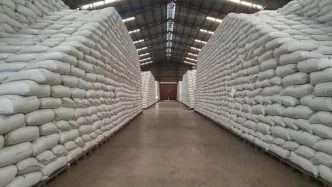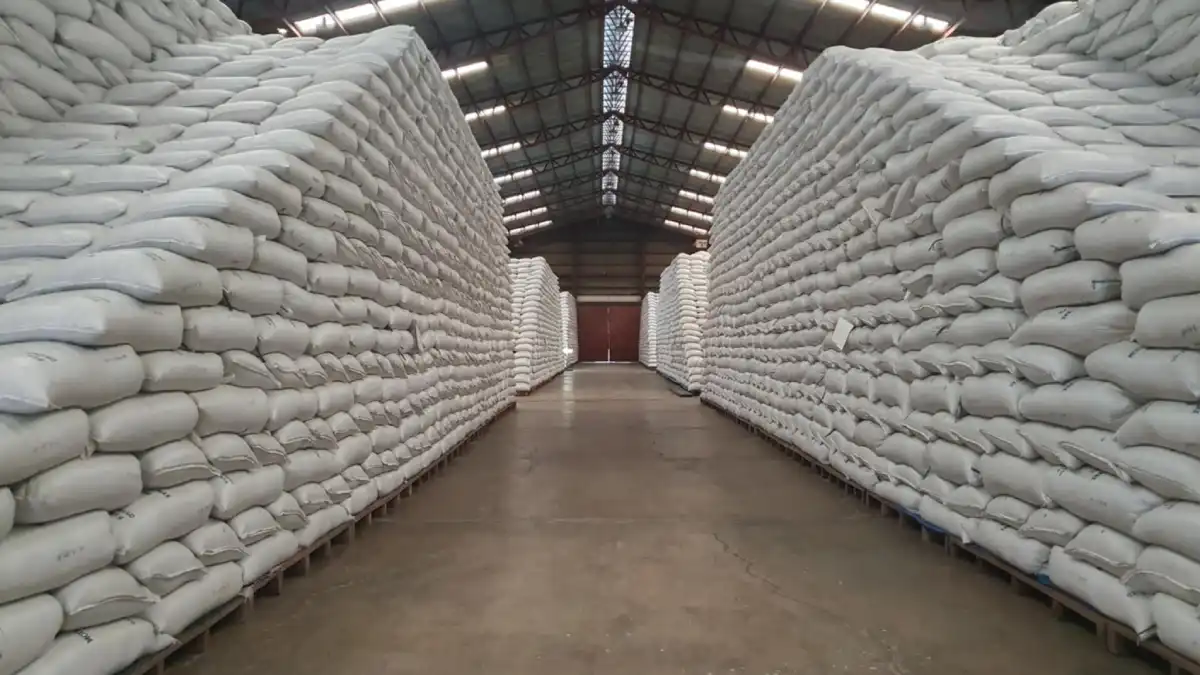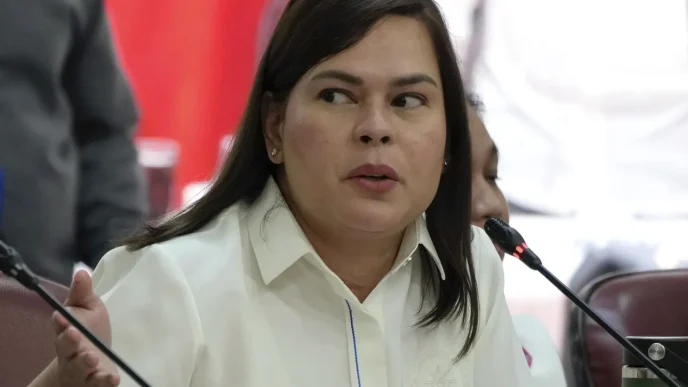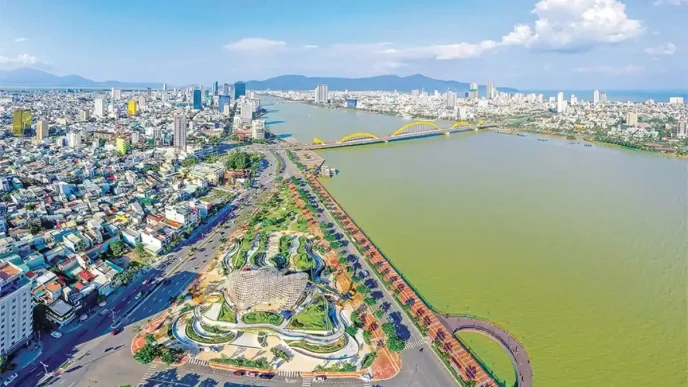Inflation in the Philippines slowed to a remarkable 0.9 percent in July 2025, marking its lowest level in nearly six years, driven by a historic drop in rice prices and moderating utility costs. This latest figure, reported by the Philippine Statistics Authority (PSA), underscores a persistent trend of inflation remaining below the Bangko Sentral ng Pilipinas (BSP) target range of 2 to 4 percent for the fifth consecutive month, raising questions about potential monetary policy shifts and the sustainability of these low price pressures amid looming external and domestic risks.
A Record Decline in Rice Prices
The sharp decline in inflation was primarily fueled by a dramatic fall in the price of rice, a staple that constitutes 9 percent of the Consumer Price Index (CPI) basket used to measure inflation. According to PSA data, rice prices dropped by 15.9 percent year-on-year in July, the steepest decline since records began in 1995. This plunge was largely attributed to reduced import duties, a policy intervention aimed at curbing retail costs for Filipino consumers.
Alongside rice, vegetable prices also saw a significant decrease, falling by 4.7 percent. Together, these reductions led to a 0.2 percent dip in the overall food index, a critical factor in pulling down headline inflation to its lowest since October 2019, when it stood at 0.6 percent. National Statistician Claire Dennis Mapa highlighted that while recent severe flooding in Metro Manila had started to push up prices of certain vegetables, the full impact of recent storms would likely be reflected in August’s inflation figures.
The volatility of food prices, particularly rice, remains a concern for policymakers. Mapa noted that a proposed reinstatement of a 35-percent tariff on rice imports could reverse some of these gains, depending on the timing and scale of implementation. “Of course, the implication is that if the tariff is increased, there will also be an increase in retail prices” he told reporters on August 6, 2025.
Utility Costs Ease, Adding to Relief
Beyond food, the slowdown in utility cost increases also contributed to the benign inflation reading. Utility inflation eased to 2.1 percent in July from 3.2 percent in June, with electricity prices dropping sharply to 1.3 percent from a hefty 7.4 percent the previous month. The rise in cooking gas prices also moderated, slowing to 0.7 percent from 1.9 percent. These declines provided additional relief to households already benefiting from lower food costs.
For many Filipinos, particularly those in lower-income brackets, the combined effect of falling food and utility prices offers a much-needed respite. Economy, Planning and Development Secretary Arsenio Balisacan described the trend as a positive outcome of government interventions. “The sustained drop in rice prices and the easing of inflation for low-income households are clear signs that our interventions are working. This not only helps Filipinos preserve the value of their peso but also builds confidence for businesses and consumers to plan ahead.” he stated on August 5, 2025. However, he cautioned that vigilance is required against external risks, including global policy shifts and geopolitical tensions, which could disrupt this favorable outlook.
Below Target, Beating Expectations
The July inflation rate of 0.9 percent not only fell below the BSP’s target range but also beat market expectations. A survey of 13 economists conducted by a leading local publication had forecasted a median inflation rate of 1.1 percent for the month, while the BSP itself had projected a range of 0.5 to 1.3 percent. The actual figure, landing at the lower end of the central bank’s forecast, signals a deeper-than-expected cooling of price pressures across the economy.
This persistent undershooting of the BSP’s 2 to 4 percent target range—now for five consecutive months—has sparked discussions about the central bank’s next moves. Analysts at Chinabank Research, who accurately predicted July’s inflation rate, anticipate that headline inflation will remain below the BSP’s target for the remainder of 2025. They attribute this outlook to base effects and the sustained monthly decline in rice prices. However, they also flagged potential upside risks, including adverse weather conditions and policy proposals to raise rice tariffs or limit imports.
Monetary Policy Implications
The subdued inflation environment has intensified speculation about the BSP’s monetary policy direction, particularly ahead of its scheduled meeting on August 28, 2025. Jun Neri, lead economist at the Bank of the Philippine Islands, suggested that the benign inflation data makes an interest rate cut highly probable at the upcoming meeting. “A downside surprise in GDP data on Thursday would likely cement the case for a cut” Neri remarked on August 6, 2025. He added that the likelihood of further rate cuts beyond August would depend partly on actions by the US Federal Reserve, reflecting the interconnected nature of global monetary policies.
Lowering interest rates could stimulate domestic demand by reducing borrowing costs for businesses and consumers, a move that might be particularly timely given the favorable inflation outlook. However, the BSP must balance this against potential inflationary pressures from external factors, such as rising global commodity prices or currency fluctuations, which could impact the Philippine peso and, in turn, import costs.
Broader Economic Context
The Philippines’ inflation trajectory stands in contrast to many of its Southeast Asian neighbors, where inflationary pressures have been more persistent due to supply chain disruptions and energy price volatility. The country’s ability to bring down rice prices through policy measures like reduced import duties offers a potential model for others in the region, where food security remains a pressing concern. Rice, as a staple across much of Asia, often serves as a barometer of economic stability, influencing everything from household budgets to political sentiment.
Yet, the sustainability of this low inflation environment is far from guaranteed. The proposed reintroduction of higher rice tariffs, if approved by President Ferdinand Marcos Jr., could undo some of the progress made in curbing food prices. The uncertainty surrounding this policy decision, combined with the delayed impact of recent storms and flooding, suggests that inflationary pressures could resurface in the coming months.
Moreover, external risks loom large. Geopolitical tensions in the South China Sea, a critical trade route for the Philippines, could disrupt imports and drive up costs. Similarly, shifts in global monetary policy—particularly potential rate hikes by the US Federal Reserve—could exert pressure on the peso, making imported goods more expensive and potentially reigniting inflation.
Impact on Filipino Households
For now, the immediate beneficiaries of the low inflation rate are Filipino households, particularly those in the lower income brackets who spend a significant portion of their earnings on food and utilities. The drop in rice prices, in particular, has a direct impact on daily living costs, given the grain’s centrality to the Filipino diet. A 15.9 percent reduction in rice prices translates to tangible savings at the market, allowing families to redirect limited resources to other needs, such as education or healthcare.
However, the uneven impact of inflation across regions and income groups remains a concern. While urban centers like Metro Manila may see quicker benefits from policy-driven price reductions, rural areas—where agricultural production is often directly affected by weather events—may face delayed relief or even price spikes due to localized supply disruptions. The recent flooding, as noted by Mapa, serves as a reminder of how vulnerable the agricultural sector is to natural disasters, a recurring challenge in a country frequently hit by typhoons.
Looking Ahead
As the Philippines navigates this period of historically low inflation, the path forward remains fraught with uncertainty. While government interventions have succeeded in taming price pressures for now, the potential reintroduction of rice tariffs, the lingering effects of natural disasters, and global economic headwinds could alter the trajectory. For policymakers at the BSP and beyond, the challenge lies in sustaining these gains without compromising long-term economic stability.
Analysts and officials alike are keeping a close eye on both domestic developments and international trends. The BSP’s decisions in the coming weeks could set the tone for the remainder of 2025, with implications for growth, consumer confidence, and the broader economic recovery. As Balisacan emphasized, while the current outlook is favorable, vigilance against external shocks is paramount. Whether the Philippines can maintain this delicate balance remains an open question, one that will shape the economic landscape for millions of Filipinos in the months ahead.
















